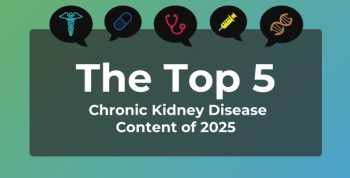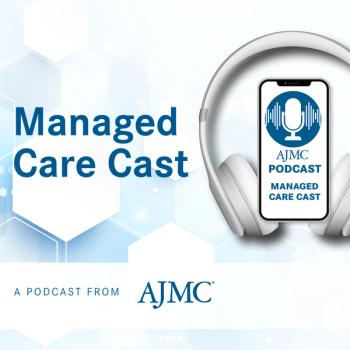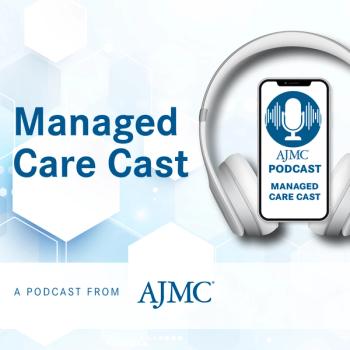
Conference Coverage
Latest Content

Shorts










Podcasts
Center on Health Equity & Access
Continuing Medical Education
All News

High response rates, strong R0 resection, and low severe adverse events with neoadjuvant therapy plus immunotherapy were identified in a rectal cancer study.

Our top content from the World Conference on Lung Cancer (WCLC) 2025 featured new therapeutic strategies for EGFR+ NSCLC and trial results on amivantamab.

The past year has seen multiple changes in the HIV space that have long-term effects when it comes to ending the epidemic.

This year’s most-read articles on CKD highlighted research and insights on drug approvals, guidelines, and value-based care.

The foundation of medically integrated pharmacy includes 7 critical pillars. This commentary focuses on the benefits of 3 of those pillars: abandonment, adherence, and access/affordability.

Today, the FDA issued new guidance allowing de-identified real-world evidence in certain medical device applications, removing a barrier to using large data sources.

The FDA approved trastuzumab deruxtecan plus pertuzumab for first-line HER2-positive metastatic breast cancer after DESTINY-Breast09 showed major PFS gains.

The ustekinumab biosimilar DMB-3115 matched reference therapy in efficacy and safety for moderate to severe plaque psoriasis, according to a phase 3 trial.

COVID-19 vaccination during pregnancy lowers hospitalization and preterm birth risks, providing key guidance for maternal care strategies.

Our top breast cancer stories in 2025 covered FDA approvals, new and failed therapies, screening gaps, and policy factors shaping treatment access and outcomes.


























































